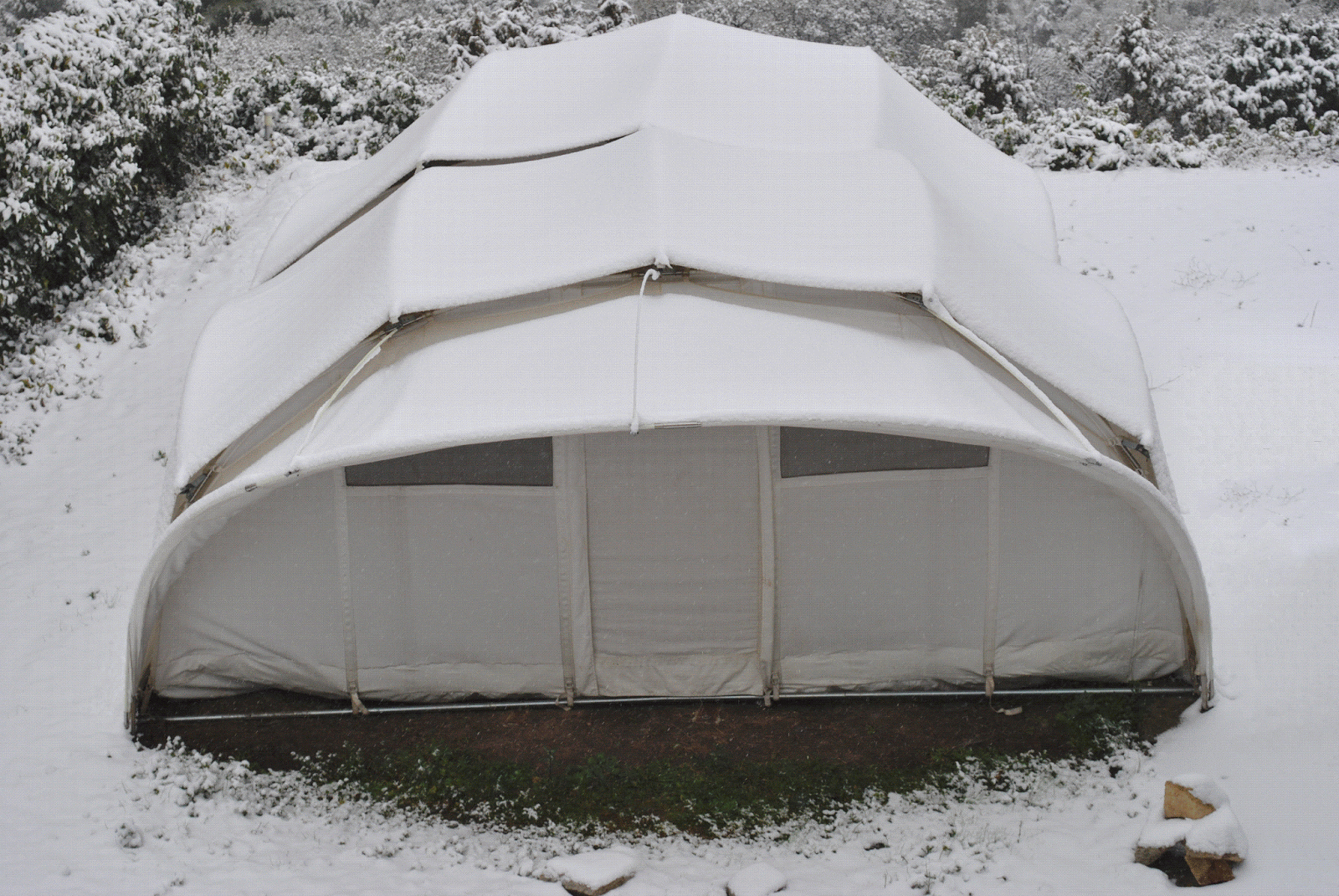An emergency tent is not just an accesory in the emergency early response.
Emergency teams are the key factor for an effective emergency operation and when first response emergency teams reach the ground zero area they usually do not count with a nice place to stay.

Many times emergency area has not secure buildings to establish the emergency command posts or the emergency teams shelters so, reliable tents are needed.
The first 72 hours in an emergency response are key to rescue the victims that may remain still alive, for instance after an eartquake strikes. 72 hours is not much time available therefore any minute saved in preparedness is crucial to have as much time as possible to devote to the rescue tasks.
When emergency teams reach the intervention area one of the first things they need to do is to organize their own field camp and for that they need solid and useful housing structures, many times these structures are tents. The tents used shouldn't be an obstacle for the team or annoying part of their missions. For this reason it is advisable to select carefully the tents used for the field camp, the field command post or the field hospital.
A tent that is light an easy to deploy is a must, but also a non frequently found feature. Is quite advisable for the tents, they shoud be suitable to deploy on any terrain or soil, because nobody knows previously where the emergency is going to arise and the ground site available maybe a broken street, a land near the emergency area or a concrete soil area at an airport surrounding. Not always is possible to nail down the pegs many tents have in order to install their guy-ropes, so a tent with a selfstanding structure is highly recommendable.
Another key factor for tents is their inner space: it shouldn't be asked to the emergency teams to crawl on all fours into their tents after an extenuating 24/48 h working day, it should be given to them tents with space enough to stand up and to move freely inside without obstacles.
The tents used by the team should also be modular enough in order to permit constructing the needed field shelter structure that allows the most effective emergency response.

It cannot be known in advance how long the team is going to be there neither if the climate of the emergency site will be hot or cold, so the tents should have some thermal isolation. It shouldn't be forget that after their hard work of rescuing victims, the team should be able to have some rest at their field camp, so inflatable tents are not the best solution, as they need a (noisy) compressor to inflate them and to keep them inflated. Not the best for having a restful sleep.
These are only some highlights of emergency tents keyfeatures.
The important question to ask is wether the tent selected for the emergency team is the best suited for its forseen purpose or not.
Ctetns, reliable and robust emergency tents.















